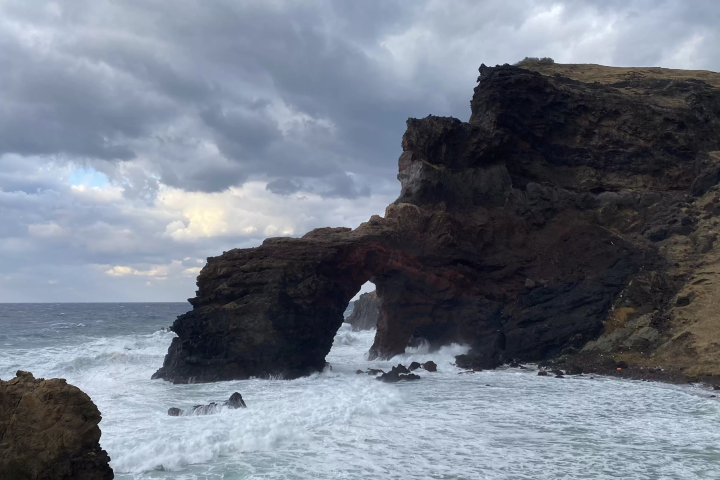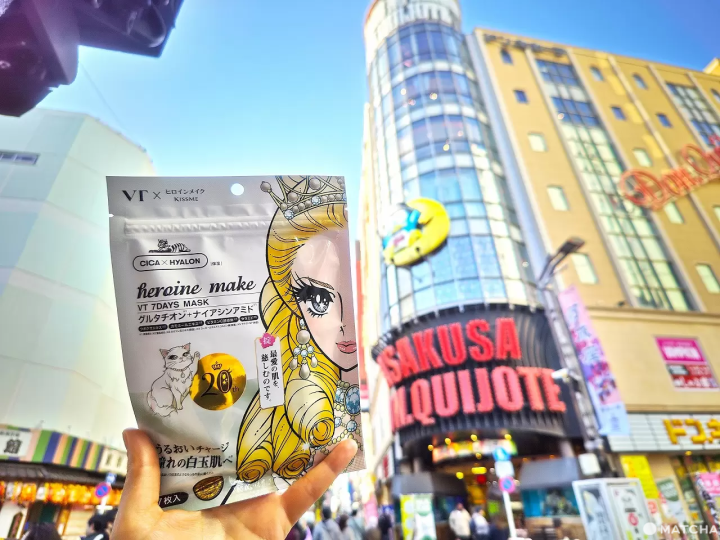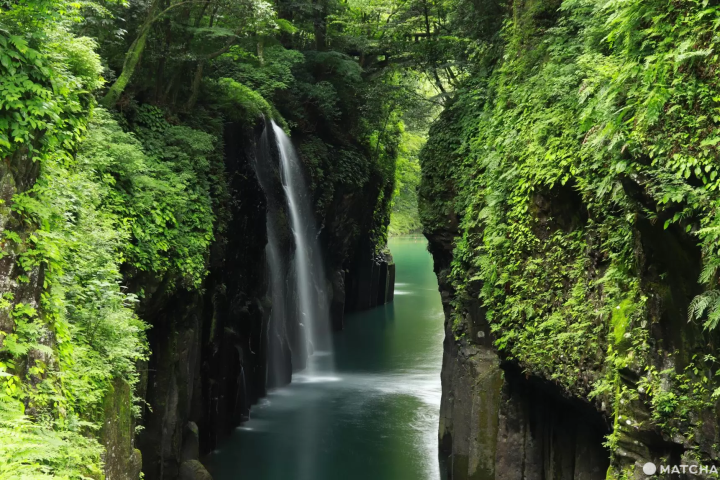The Four Seasons of Nishinoshima: Weather, Activity and Clothing Guide

What’s the weather like in Nishinoshima, and when is the best time to visit? Find out in this guide. To help make your island holiday more enjoyable, we have also included a few tips on what to wear and bring.
Nishinoshima is Colourful

-
Table of Contents
- Spring (March – May): Cherry Blossom Viewing and Spring Events
- Summer (June – August): Take a Swim and Enjoy Local Food
- Autumn (September – November): Hop on a Bike and Pedal Away
- Winter (December – February)
- Best Time to Visit Nishinoshima: late March – end of October
- What to Wear/Bring:
Spring (March – May): Cherry Blossom Viewing and Spring Events

Daylight increases in March, and although it starts to get warmer during the day, it can still be quite chilly in early spring. Temperatures drop in the evening and early hours, so be prepared for the temperature swing. From April, it starts to get warmer and in late-May, sometimes it can feel like summer is already here.
Average temperature in 2023:
March: 10.1℃/50.18℉
April: 13.9℃/57.02℉
May: 17.7℃/63.86℉
*The observation station for the Dōzen Islands is in Ama Town.
Source:Japan MeteorologicalAgency(this information is available in Japanese only)
One of Our Spring Delights: Cherry Blossom Viewing at Yurahime Shrine

Depending on the year, the cherry blossom viewing season in Nishinoshima changes slightly, but generally it is between mid- to late March and early April. On either side of the worship hall of Yurahime Shrine, there are two tall cherry trees. When the trees are in full bloom, if you stand in front of the hall and look up, you can see the sky dyed pink by the beautiful blossoms.
Summer (June – August): Take a Swim and Enjoy Local Food

Summer is a peak season for sightseeing in Nishinoshima. The clear blue sea, energetic festivals and firework displays that light up the night sky are extremely captivating. In addition to sea kayaking and swimming, hopping on a sightseeing boat and enjoying the sceneryof Kuniga Coast are great ways to beat the summer heat. The cool sea breeze is really refreshing!

Average temperature in 2023:
June: 22.3℃/72.14℉
July: 26.6℃/79.88℉
August: 28.8℃/83.84℉
*The observation station for the Dōzen Islands is in Ama Town.
Source:Japan Meteorological Agency (this information is available in Japanese only)
One of Our Summer Delights: Sazae Curry with Rice

Autumn (September – November): Hop on a Bike and Pedal Away

Recently, even though it is already September, it can still feel like midsummer during the day, but it is less humid. If you go to Kuniga Coast, you can observe plants that grow in the unique ecosystem of the Oki Islands, such as Oki Chrysanthemum and Tōteiran Speedwell. The small yellow flowers blooming on the side of the road, and the deep bluish-purple flowers that can be seen on the slopes on the way to Matengai Cliff, tell us that autumn is already here. Surrounded by autumn colours and accompanied by the cool, crisp wind, your hike is sure going to be a memorable one.
Average temperature in 2023:
September: 24.6℃/76.28℉
October: 17.3℃/63.14℉
November: 13.8℃/56.84℉
*The observation station for the Dōzen Islands is in Ama Town.
Source:Japan Meteorological Agency (this information is available in Japanese only)
One of Our Seasonal Delights: Cycling Under the Autumn Sky

It may still be hot during the day, but it is often much cooler at night. On a clear day, you can see Mt. Daisen, in Tottori Prefecture, from Matengai Cliff. The Akao and Onimai Skyline are two ofthe scenic routes in Nishinoshima, and nothing beats a scenic bicycle ride there. Pedalling up the steep slopes is easy-peasy when you have the assistance of a powerful e-bike!
Winter (December – February)

Once the calendar turns to December, the atmosphere on the island changes drastically. It gets cloudier, windier and much colder. Located in the Sea of Japan, the Oki Islands are easily affected by the strong north-westerly winds from the continent, which cause rough seas and high winds. It is not unusual for ferry crossings to be cancelled due to adverse weather conditions. Sometimes, Nishinoshima can also be seen covered in snow for a longer period, but most of the time, it doesn’t stick around.
Average temperature in 2023:
December: 8.8℃/47.84℉
January: 5.6℃/42.08℉
February: 5.7℃/42.26℉
Winter is Windy in Nishinoshima:

Other than the occasional cancellation of ferry crossings due to weather conditions, the fast ferry service is suspended throughout the winter months. Fast Ferry Rainbow Jet takes a long winter break from December to the end of February for her periodical maintenance. In addition to fewer ferry crossings to Nishinoshima, some accommodation facilities and activity providers suspend their operations. If you are planning to come visit us during winter, book early and allow for some wiggle room in your schedule.
Best Time to Visit Nishinoshima: late March – end of October

The best time to visit Nishinoshima is when
it is warm, pleasant and enjoyable outside. So, late March to the end of
October is the time!
Now, let’s take a look at recommended clothing
items to bring for your island holiday.
What to Wear/Bring:
Spring: Long-sleeved t-shirts or hiking
shirts, with a windbreaker jacket. A fleece jacket will keep you warm during
the chilly sunset hours.
Summer: Short-sleeved t-shirts made from
breathable fabrics are ideal for the season. If you are planning to go to the
beach or have signed up for a sea kayaking adventure, bring your swimsuit and
rash guard as they are not available at the shops on the island. Make sure to
wear sun protection and don’t forget to bring your rain gear!
Autumn: A lightweight windbreaker jacket is
a must-have on your packing list.
Hiking: Since the Kuniga Coast Hiking Trail is
located inside a pasture, we recommend wearing trousers and closed-toe shoes,
or hiking shoes, as a year-round measure to prevent tick bites.

You’re now ready to pack for your exciting island holiday in Nishinoshima. See you soon!
Nishinoshima is the second largest island of the Oki Islands. Located in the Sea of Japan, Nishinoshima is approximately 65km off the coast of Shimane Peninsula in Shimane Prefecture. Nishinoshima is one of the four inhabited islands in Oki, and the town on Nishinoshima Island is called Nishinoshima Town. Formed by volcanic activity about 5.5 million years ago, Nishinoshima is the home to Oki’s must-see sightseeing spots, Matengai Cliff and Tsutenkyo Arch, fresh seafood such as Oki rock oysters, traditional cultures such as Kagura Shinto dance and Dengaku dance. Nishinoshima is a charming island filled with nature, culture, rich food and warmth of people.
The contents on this page may partially contain automatic translation.




























![[Wakayama Guide] Ume and Umeshu (Plum and Plum Wine)](https://resources.matcha-jp.com/resize/720x2000/2025/12/08-252248.webp)
![[2025 Update] From Kansai Airport to Namba - Recommended for travelers with large luggage! Travel comfortably by bus](https://resources.matcha-jp.com/resize/720x2000/2025/10/25-248088.webp)
![[ Naruto City, Tokushima Prefecture ] Experience the world's largest whirlpools up close on a sightseeing boat at the Spring Whirlpool Festival!](https://resources.matcha-jp.com/resize/720x2000/2025/02/05-222727.webp)

![Deep dive into Japanese brands! A tour of famous leather shoe stores with GENSEI & Nin [Madras Edition]](https://resources.matcha-jp.com/resize/720x2000/2025/12/17-253129.webp)